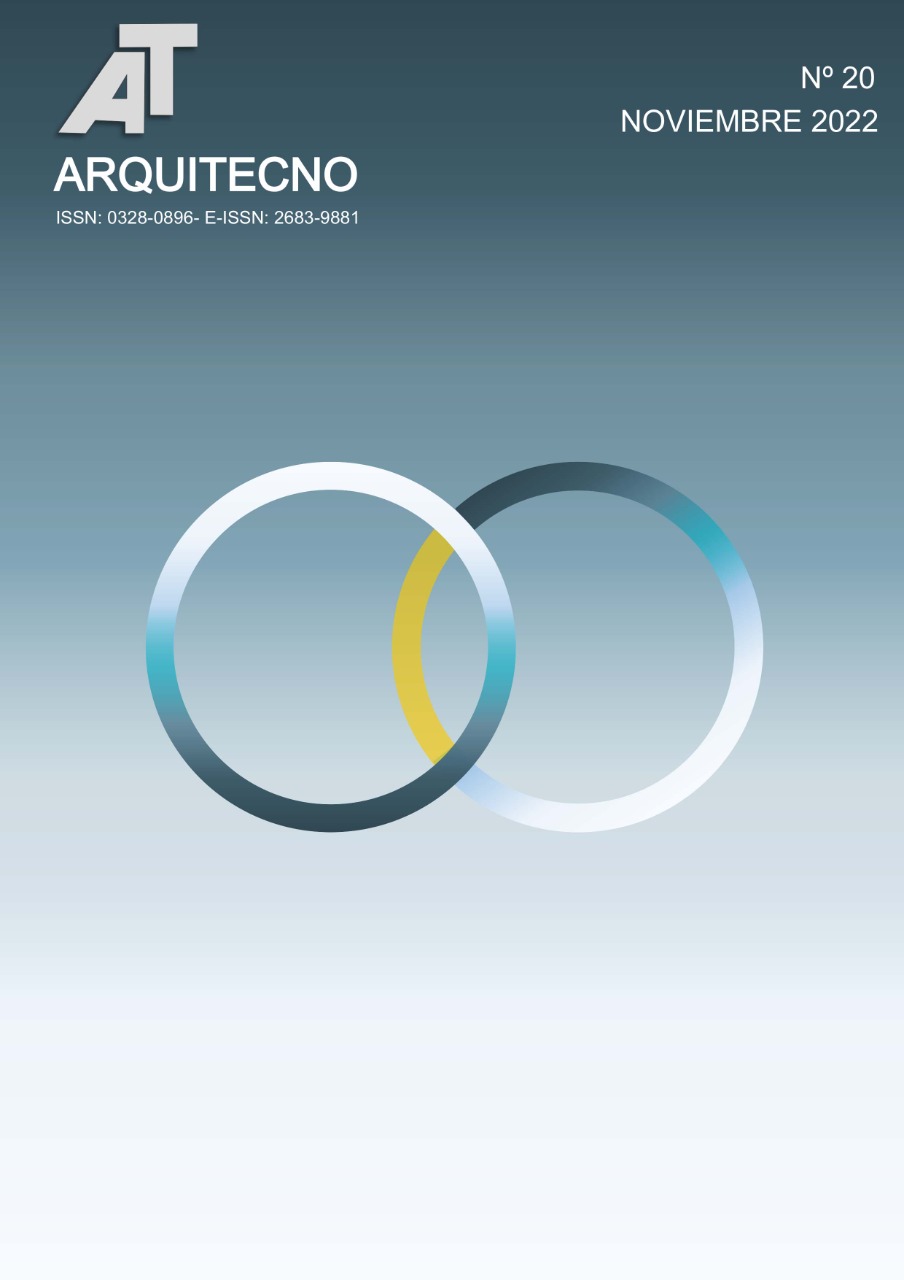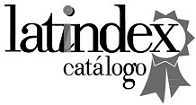Incidence of passive strategies in the thermo-energetic behavior of a dwelling in summer, with different orientation scenarios in Mendoza
DOI:
https://doi.org/10.30972/arq.0206255Keywords:
Energy efficiency, envelope, simulationAbstract
The objective of this work is to assess the incidence of passive strategies in summer and its influence on the thermal and energy behavior of a dwelling under study. The same project gave rise to two orientation scenarios: East-West and South-North.
Through dynamic simulation in Energy Plus, five days of the most representative summer month (January in the Southern Hemisphere) were studied.
The results of the application of insulation in the envelope, DVH, and natural night ventilation, showed an improvement in thermal behavior. For the East-West model, the interior temperature was reduced by 2.5°C and auxiliary energy consumption by 60%, while the South-North model reduced interior temperature by 3°C and consumption by 70%.
It is concluded that, if the project does not start from the conditions considered optimal (orientation), through the incorporation of passive strategies, significant energy reductions and interior comfort conditions can be obtained.
References
Andreoni Trentacoste, S. E., y Ganem Karlen, C. (2017). influencia del uso y gestión de la envolvente en el comportamiento térmico de verano de una vivienda en la ciudad de Mendoza, Argentina. Revista Hábitat Sustentable, 7 (1). 64–75.
Andreoni Trentacoste, S. E., y Ganem Karlen, C. (2021). El rol activo del usuario en la búsqueda de confort térmico de viviendas en clima templado árido. Revista Hábitat Sustentable, 11(1). 8–21.
ANSI/ASHRAE. (2013). Standard 55-2013. Thermal Environmental Conditions for Human Occupancy. Atlanta.
Balter, J., Ganem, C., y Barea, G. (2020). Mejoras en el desempeño energético de edificios en verano mediante la integración de envolventes ventiladas en fachadas norte y cubiertas. el caso de Mendoza, Argentina. Revista Hábitat Sustentable, 10(2), 94–105.
EECN (2018) Estrategias para Edificios de Energía Casi Nula. Aeice Construcción Eficiente. –
Esteves, A. y Gelardi, D. (2003). Docencia en Arquitectura Sustentable: Programa de Optimización de Proyectos de Arquitectura basado en el balance térmico. Avances en Energías Renovables y Medioambiente, 7, N° 2, 10.31-10.34.
Fernandez Amalita, Saez Vanesa Celina, Garzon Beatriz Silvia (2021) Evaluación del comportamiento térmico edilicio: un caso en el Valle Calchaquí Tucumano. Revista Arquitecno, N° 17, 53–62.
Ganem, Carolina.(2006) Rehabilitación ambiental de la envolvente de viviendas. El caso de Mendoza. Tesis Doctoral. Universidad Politécnica de Cataluña, España.
IPCC [en línea] Intergovernmental Panel on Climate Change. (2021) Climate Change 2021: Synthesis Report. Contribution of Working Groups I, II and III to the Sixth Assessment Report of the Intergovernmental Panel on Climate Change, Geneva, Switzerland. [consulta: 20 de octubre de 2021].
IRAM (1996, 2012). IRAM 11605 Condiciones de habitabilidad en edificios. IRAM 11603 Clasificación bioambiental de la República Argentina. Instituto de Racionalización Argentino de Materiales (IRAM).
Mercado,V., Barea G., Esteves A.,y Filippín C. (2018) Efecto de la ventilación natural en el consumo energético de un edificio bioclimático. Análisis y estudio mediante energy plus. Revista Hábitat Sustentable 8(1). 54–67.
Mercado, V.,Esteves, A., Filippín, C. (2010) Comportamiento térmico energético de una vivienda social de la ciudad de Mendoza, Argentina. Revista Ambiente Construido. Brasil.
Velásquez Garcia, J. C. (2018). El significado de los dispositivos de control solar externos en el lenguaje arquitectónico de una arquitectura regionalista decolonial para el Distrito de Chiclayo. Tesis de Maestría. Universidad César Vallejo. Perú.
Downloads
Published
How to Cite
Issue
Section
License
Los autores ceden a Arquitecno los derechos de publicación de sus trabajos, toda vez que hayan sido admitidos como parte de alguno de sus números. Ellos, no obstante, retienen los derechos de propiedad intelectual y responsabilidad ética así como la posibilidad de dar difusión propia por los medios que consideren.





52.jpg)
